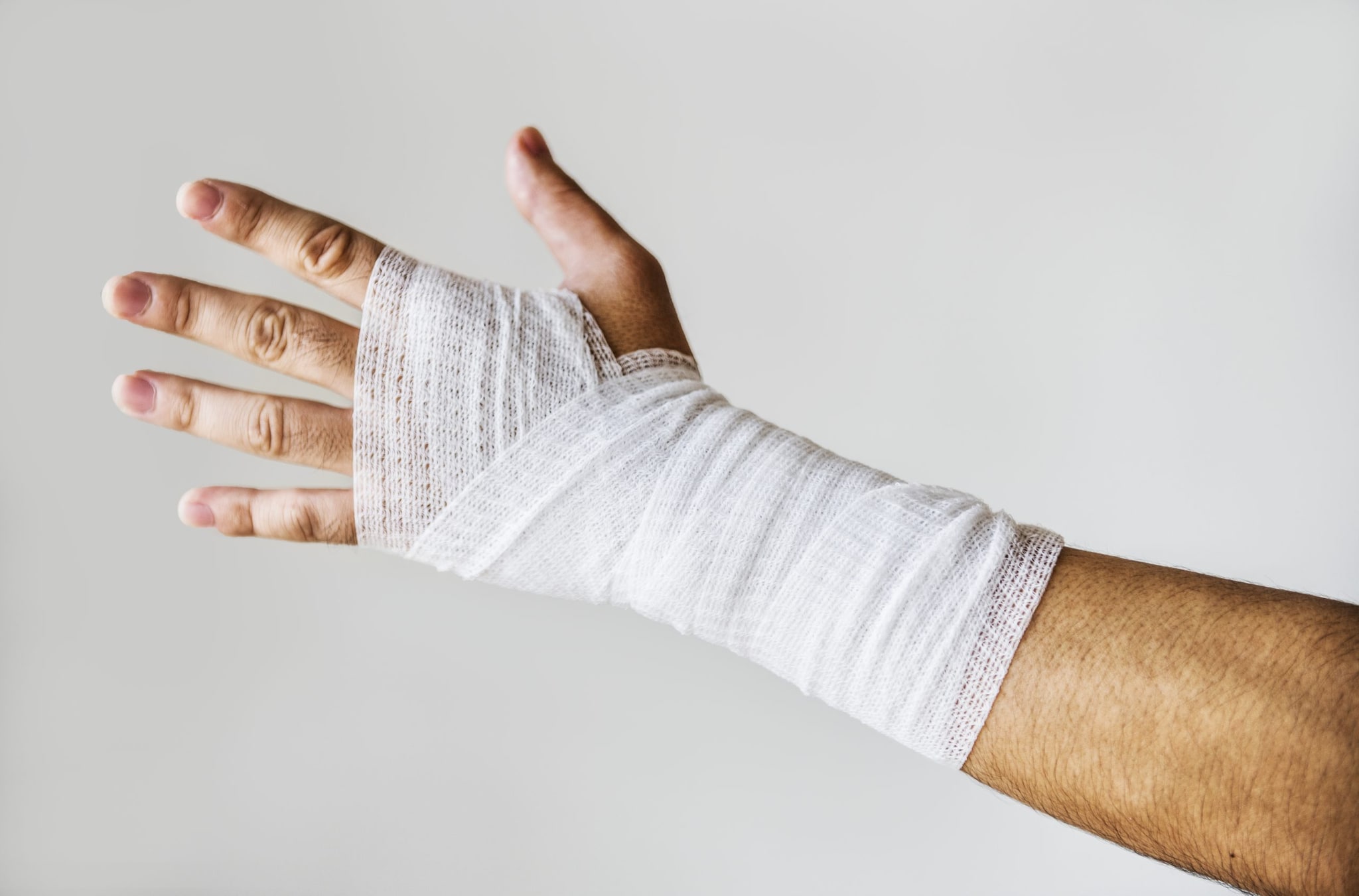Key points
- Manual material handling is consistently the leading cause of non-fatal strain and sprain injuries in mining.
- To address these hazards, NIOSH has performed audits, conducted analysis, and created safety principles and documentation.
- After an uptick in mining-related knee injuries, NIOSH created a knee pad for low-seam mining environments.

Hazard
Manual material handling (MMH) is the leading cause of nonfatal injuries in mining. MMH is the process of routinely moving and handling objects by:
- Carrying
- Holding
- Lifting
- Pulling
- Pushing
- Stooping
MMH involves various workers in both surface and underground mining, including:
- Maintenance workers
- Electricians
- Mechanics
- Laborers
- Some equipment operators
Sprains or strains are the leading type of non-fatal injuries in mining for MMH. A comparison from 1983–1984 and 2003–2004 MSHA data in a study. The percentage of cumulative injuries was similar (37% and 33%) according to the study.
The MMH activities that were the primary sources of non-fatal days lost injuries were:
- Handling supplies or material load and unload (45%)
- Machine maintenance/repair (24.3%)
- Handling coal, rock, waste or ore (5.3%)
- Move power cable (4.5%)
- Hand shoveling/mucking (3.8%)
- Get on or off equipment machines, etc. (3.0%)
- Moving equipment (1.7%)
The top five sources of MMH injury include:
- Metal not elsewhere classified (pipe, wire, nails, manhole covers) (17.8%).
- Metal covers and guards (14.8%)
- Broken rock, coal, ore, waste (9%)
- Belt conveyors (4.6 %)
- Conductors, electric cables and trolley poles (4.6 %)
What NIOSH is doing?
Ergonomics
NIOSH research aims to equip mines with tools for identifying risk factors. The tools also help implement, audit processes, and provide interventions to address ergonomics problems. Two recent projects involved developing ergonomics audits for specific types of operations:
- Haul truck operation
- Bagging operations
- Maintenance and repair in processing and preparation plants
Additionally, the projects involved developing a knee pad for low-seam mining environments.
These projects used a mix of laboratory and field investigations to assess the problems. Also to develop guidelines for remediating ergonomics issues. Another recent project assessed injuries by mine workers when handling machine covers and guards.
Interface job design
Equipment design refers to overall design specifications and includes the components and interface. Mine workers used the components and interface to work and maintain the equipment. Equipment design injury types include repetitive strain such as whole-body vibration and overexertion.
Seating area and whole-body vibration effects on health and safety research was completed. NIOSH is developing and conducting testing in the areas of proximity warning systems. Testing provides information on operators how close they are to hazards and equipment.
NIOSH is conducting tests in the controls design area to help limit acute injuries. The tests focus on injuries caused by operators inadvertently activating the incorrect control. Also activating the correct control in the wrong direction may cause injuries.
Significant findings
Ergonomics
Cumulative injuries are a major financial burden to the industry. Using NIOSH-developed tools for incorporating ergonomics in the workplace was a success. The successful application of ergonomics effectively reduces injuries and costs.
NIOSH Mining has published two Information Circulars publications. The publications are on ergonomics processes and participatory methods for mines:
The creation of Practical Demonstrations of Ergonomics Principles aimed at enhancing safety training. Teaching ergonomics principles to teach mine workers to promote safety and efficiency.
Slips, trips, and falls
Slips, trips, and falls are the second largest contributor to non-fatal injuries. Non-fatal injuries in the U.S. mining industry are:
- Strains
- Sprains
- Other injuries
Mine operators have indicated problem areas such as footwear and ingress/egress. Mobile equipment is a potential source of slips, trips, and falls hazards. NIOSH is studying at mining facilities to help to identify and remediate these hazards.
A considerable number of injuries occurred when operators were getting off of front-end loaders. Most often when the operator was on the ladder or steps. Researchers recommend:
- Ensuring consistent rung heights on ladders
- Providing designated parking areas free of hazardous ground conditions
- Providing adequate lighting and handholds
- Using stairs instead of ladders
- Completing regular inspections
- Maintaining ingress/egress systems
Next steps
NIOSH will continue to research safe practices and solutions to reduce MMH. The slips, trips, and falls project is continuing to investigate hazards in mining facilities.
Researchers are examining metatarsal boots on ascent and descent of inclined walkways and stairs. A longitudinal study of wearing boots is also in progress. The study aims to provide mining operations with knowledge on when to replace footwear.